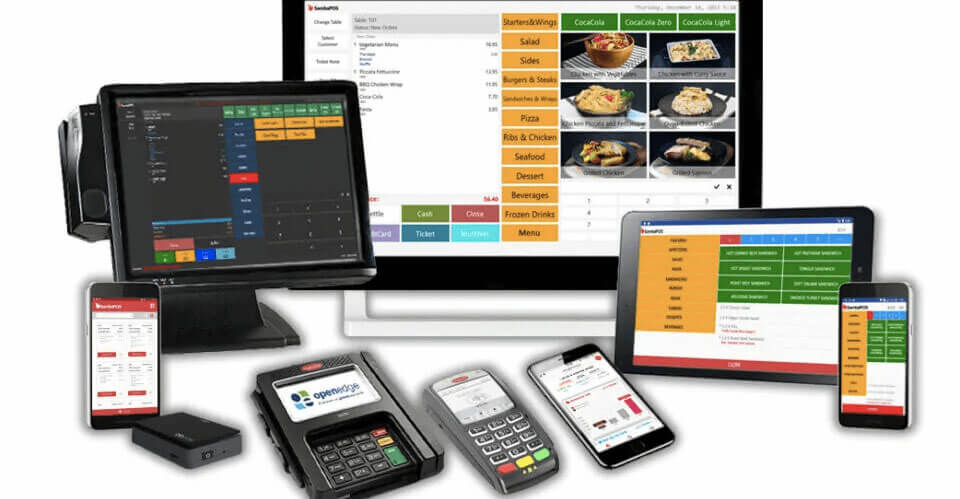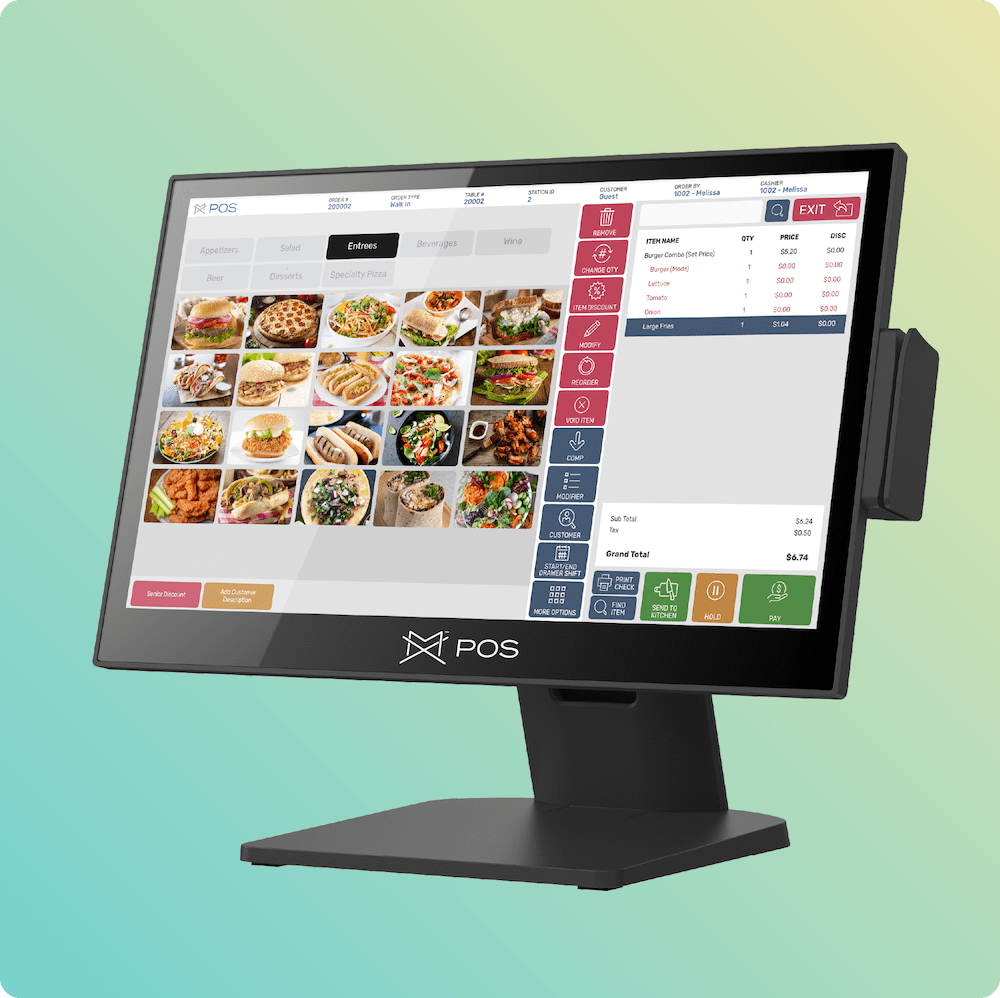How POS System Works: A Comprehensive Guide for Entrepreneur
A POS system acts as an essential device for contemporary services, integrating different parts to simplify operations. It includes equipment like barcode scanners and software program available monitoring. This system not just refines purchases but also manages stock and analyzes consumer habits. Understanding its capability can substantially impact a service's effectiveness and decision-making. What are the crucial elements that contribute to this efficiency? Discovering these elements provides valuable understandings.
Comprehending the Parts of a POS System
A Factor of Sale (POS) system is composed of numerous key components that interact to facilitate deals and handle business operations. At its core, the hardware includes tools such as a cash register, barcode scanner, receipt printer, and repayment incurable, all vital for refining sales (Restaurant POS Software). The software application element takes care of inventory, sales tracking, and client data, supplying important insights for company decisions.Additionally, data sources store transaction records and customer info, making sure data integrity and protection. Network connectivity enables real-time updates and accessibility to cloud-based solutions, enhancing functional performance. Interface, made for ease of use, permit team to browse the system promptly, reducing training time. With each other, these parts create a cohesive system that enhances the sales procedure, enhances customer care, and aids in efficient administration of organization resources. Recognizing these components is vital for local business owner seeking to maximize their POS systems
Just How Sales Deals Are Processed
When a consumer determines to purchase, the sales purchase initiates a series of organized actions within the POS system. The cashier inputs the items being bought, which are scanned with a barcode viewers or by hand entered. This activity obtains product information, consisting of rates and relevant tax obligations, from the system's database.Next, the customer is presented with the total amount due. The POS system then refines the settlement, whether through money, charge card, or mobile repayment techniques. For digital repayments, the POS firmly interacts with payment cpus to authorize and validate the transaction.Once the payment is verified, the system produces a receipt, which can be published or sent electronically. This receipt works as receipt for the customer. The purchase data is videotaped in the system, making certain exact sales records and monetary monitoring for the company.
Inventory Monitoring and Tracking
Effective supply management and monitoring are essential elements of a POS system, as they ensure that businesses maintain optimal stock degrees and decrease inconsistencies. A robust POS system permits real-time supply updates, showing sales and returns immediately. This allows local business owner to check supply levels precisely, guaranteeing that preferred things are readily offered while stopping overstocking of much less preferred products.Additionally, progressed POS systems provide attributes such as computerized stock alerts and reorder suggestions, simplifying the purchase process. Barcoding and RFID technology improve precision in tracking inventory activity, reducing human mistake. Substantial reporting devices offer understandings into inventory turn over prices, aiding services make notified choices regarding purchasing and product offerings. Inevitably, reliable stock monitoring through a POS system not just enhances functional efficiency but likewise enhances customer contentment by ensuring item availability.

Assessing Client Information and Insights
Client information analysis acts as a powerful device for businesses using a POS system. By gathering and taking a look at deal data, services can reveal important understandings about consumer behavior and preferences. This evaluation allows them to determine acquiring patterns, peak purchasing times, and preferred products, consequently educating stock decisions and marketing strategies.Additionally, services can segment their consumer base, enabling personalized advertising initiatives that satisfy particular demographics or acquiring routines. Comprehending consumer commitment patterns also aids in developing targeted promos and benefits programs.The information obtained from a POS system can also reveal insights into client responses, making it possible for companies to make educated choices regarding item offerings and service click this improvements. Eventually, leveraging customer data properly can improve the general buying experience, foster customer contentment, and drive earnings development.
Advantages of Executing a POS System
Carrying out a POS system provides various benefits that can significantly boost business operations. To start with, it enhances transaction processes, lowering delay times and boosting client satisfaction. By automating sales procedures, companies can reduce human mistake and assurance accurate record-keeping. In addition, a POS system gives valuable information analytics, making it possible for proprietors to track sales patterns and stock degrees in real-time. This understanding sustains directory educated decision-making, helping to enhance stock administration and advertising and marketing strategies.Moreover, numerous POS systems integrate with other company tools, such as accountancy software program, simplifying financial monitoring. Boosted worker administration attributes, such as tracking hours and efficiency, additional add to operational efficiency.Lastly, the implementation of a POS system can cause enhanced income with boosted customer experiences and strategic understandings, inevitably cultivating company growth and sustainability.
Regularly Asked Questions
What Sorts Of Businesses Can Benefit From a POS System?

Just how much Does a POS System Normally Cost?
The expense of a POS system normally varies from a have a peek at this website couple of hundred to numerous thousand dollars, relying on attributes, equipment, and software program - Restaurant POS Software. Companies should take into consideration recurring charges for upkeep, support, and transaction processing when budgeting

Can I Integrate a POS System With Existing Software?
Incorporating a POS system with existing software is commonly viable. Lots of systems provide APIs or integrated compatibility features, enabling services to improve operations and improve functionality by connecting different software applications efficiently.
What Training Is Required for Personnel to Use a POS System?
Training for staff to utilize a POS system commonly includes understanding software functionalities, processing purchases, managing inventory, and taking care of consumer interactions - Restaurant POS Software. Practical demos and hands-on practice boost effectiveness and self-confidence being used the system efficiently
What Occurs if the Web Goes Down While Utilizing a POS System?
If the web drops throughout POS system usage, deals may be interrupted. Numerous systems offer offline capabilities, allowing standard procedures to continue, but complete functionality, including real-time stock updates, will be restricted.